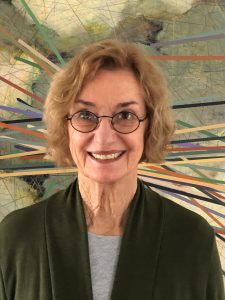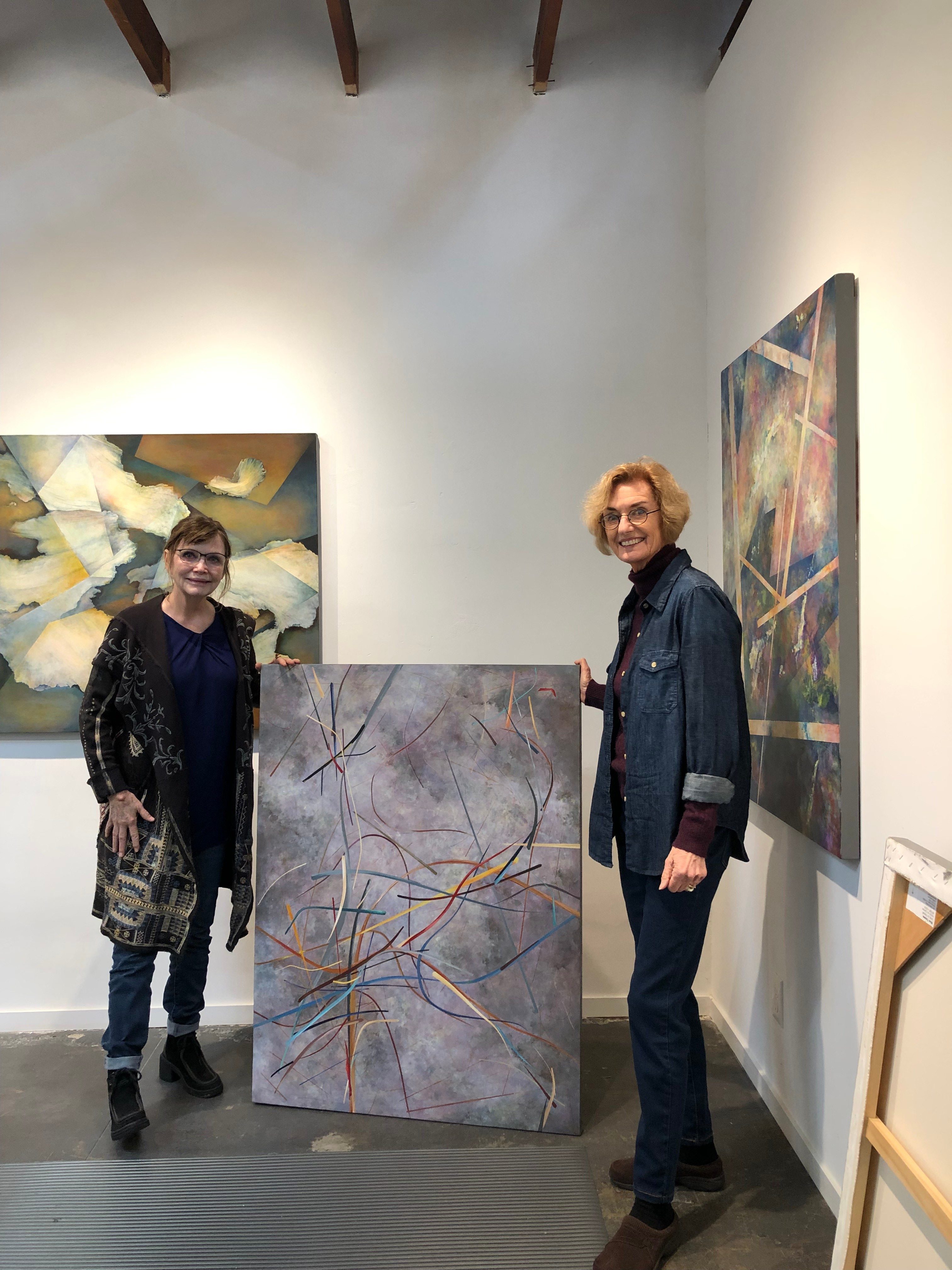
Today we’d like to introduce you to Linda Jo Russell.
Linda Jo, we appreciate you taking the time to share your story with us today. Where does your story begin?
Born, raised and educated in Southern California, I have pursued parallel careers as arts educator and artist. I received a B.A. in education with a minor in art from the University of California, Santa Barbara, and an M.F.A. in Drawing and Painting from California State University, Long Beach.
I began my career in the public school system, primarily teaching art to high school students. After receiving my M.F.A., my work as teacher expanded to include drawing and painting courses at California State University, Long Beach. It was there that I connected with colleague Dr. Betty Edwards, author of the renowned book DRAWING ON THE RIGHT SIDE OF THE BRAIN. For several years, under the guidance of Edwards, I joined a select team of teachers that developed expertise in the method of teaching Visual Perceptual Skills in Drawing, a drawing approach that emphasizes Visual Thinking rather than formulaic techniques. I have taught workshops and extended courses in this method of drawing to both adults and children throughout the nation and abroad. Since 1999, I have taught classes on this subject at Otis College of Art and Design.
Parallel with my teaching career, I have maintained a commitment to my personal artistic development, and have continuously exhibited my artwork since 1978. Recently, I acquired an exhibition/studio space in an unincorporated area of South Los Angeles, just north of Inglewood, where I work and display my artwork. In addition, the new venue houses a non-profit arts organization called South Los Angeles Contemporary (SoLA), which I helped institute. SoLA’s primary mission is to provide a platform for the exhibition of innovative and relevant projects for a diverse artistic population. Regular art exhibits are drawn from sources in greater Los Angeles as well as internationally. Coinciding with exhibitions are art workshops and lectures geared for enrichment, outreach and fun. The public is always invited to all events, most of which are free.
We all face challenges, but looking back would you describe it as a relatively smooth road?
It’s never easy to carry out an art career, pay the bills and to be a mother as well. I have always worked in the teaching field while pursuing my curiosity and passion for making art. I chose to teach art, which can complement art-making but, oftentimes, swept me from my purpose. Having a child has been a long, joyful road, but was another huge responsibility I fully embraced.
Appreciate you sharing that. What else should we know about what you do?
Making art has been a lifelong passion for me. I have experimented with several different media over the years, but today in artmaking, I focus on painting, mainly with acrylics on canvas. Subjects revolve around abstract, atmospheric environments where organic forms, lines and color are emphasized. I borrow notions from living on the coast and my long connection to it, as I observe the ocean as it meets the sky, the clouds and the changing light that happens throughout the day and with the seasons.
I associate the transient nature of the sky with impermanence. I view it as metaphor for life cycles in the natural world, ever-changing and dissipating. The sky can tell us about the health of our world’s climate. Its role in climate change can give us important feedback. While the sky’s beauty is an immediate attraction for me, I do have serious concerns about the earth’s future regarding its delicate atmospheric interrelationships. I feel gratitude for its existence in its present condition.
I have a strong foundation in drawing and painting. I am proud of the way I can manipulate acrylic paint on canvas and my ability to incorporate rich colors and textures on canvas. My ability and skills in both artmaking and teaching have afforded me many opportunities ranging from teaching drawing and artmaking at all levels, mentoring other aspiring artists to lecturing about Visual Thinking and Creativity. I make it a point to investigate how best to teach subject matter while employing an empathic approach. I have taught at many different levels, age groups and institutions, and take a measure of pride in my ability to connect with my students.
Currently, three art/educational programs at SoLA have captured my focus. I am instrumental in developing and conducting programs that include art workshops for individuals in transition from homelessness to supportive housing, a Community Quilt Project (still in process) and an Artist Centered Critique Program.
“We Are Home” is the theme of the Community Quilt Project. Feeling isolated in quarantine during the height of Covid 19, our education program at SoLA reached out to the community at large to address emotions we were experiencing while “staying put” in our homes. As a result, we received over a hundred and fifty handmade quilt blocks which were pieced together and displayed as a monumental quilt in various museums and cultural sites before coming back to SoLA. The quilt decidedly embodied both individual expression and community connection and also marked a critical time in history. The ultimate destination of the quilt is to find good homes for the individual blocks. They will be auctioned with profits going to organizations that support the unsheltered and vulnerable communities.
The Artist Centered Critique Program for Professional Development was instituted in 2019 to guide critiques of artwork. What makes the process unique is that it focuses primarily on questions the artist brings to the discussion. Opinions of others are only given with permission from the artist. Often, in other critique formats, the group of responders will take control and veer away from the artist’s original intentions, only to leave one confused or overwhelmed. Surprisingly, during Covid, we found video conferencing to work well for our purposes. Members learned to share photos of their work for discussion as well as to write about it. It was truly a nurturing process as group members learned to honor the intentions of the artist while helping each progress in their work.
Where do you see things going in the next 5-10 years?
The process of building a career and gaining recognition in the arts has changed vastly with the pervasion of websites, social media and other internet based digital platforms. The Pandemic forced many institutions such as commercial galleries and some museums to close. I believe the role of nonprofit art organizations has become more important than ever as they can provide broader, more inclusive sources of talent and a vital line of new blood for museums, and other artistic venues.
Today, an artist can use Instagram to present artwork, a far more democratic and expansive process than in the past. My only concern is that if one is not adept at using the platform, there are not many other avenues for getting one’s work out in public view. However, one viable source is the nonprofit arts organization, that can identify and create connections among members and with the community, as well as provide enrichment and exposure for aspiring artists.
Contact Info:
- Email: mail@ljrussell.com
- Website: www.ljrussell.com
- Instagram: @lj.russell
- Facebook: www.facebook.com/lindajo.russell/
















